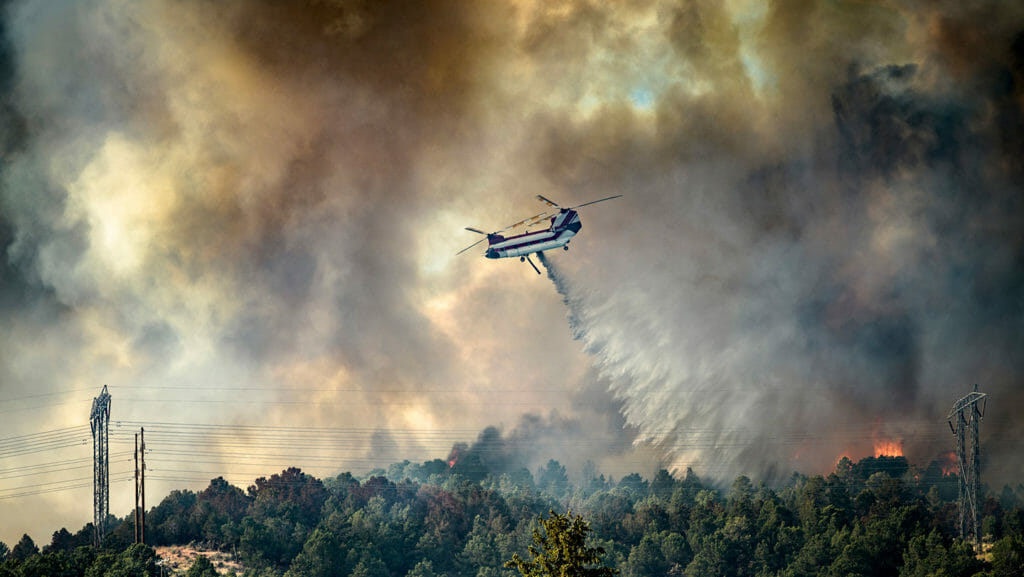
Nursing homes must be better integrated into overall emergency response infrastructure and incorporate better leaders in disaster-response to head off future catastrophes, a new research paper argues.
Despite the fact that most nursing homes in the U.S. are in compliance with required emergency planning elements, residents often suffer outsized harms in natural or other disasters, including disease outbreaks. That concern had been broached in repeated reports by the Office of Inspector General before COVID-19.
But the lack of response by federal and state agencies to nursing homes hit by the coronavirus early in 2020 underscored the need for a new approach, Michael Wasserman, M.D., past president of the California Association of Long-Term Care Medicine, and R. Tamara Konetzka, Ph.D, of the University of Chicago, wrote in a Health Affairs article published Monday.
In the face of “systemic failure,” they are calling on policymakers to prioritize development of more robust nursing home leadership and adaptable planning that integrates nursing homes into wider community response efforts.
“Regulatory requirements, checklists, and plans for individual facilities promote efforts to achieve ‘paper compliance’ but will never be a sufficient policy approach for nursing home emergency preparedness,” they wrote. “Paper compliance does not ensure effective leadership in carrying out an emergency plan and assumes that nursing homes can achieve good outcomes through their actions alone, despite the broader public health context.”
The paper illustrates ways in which leaving nursing homes out of larger response plans makes them more vulnerable to situational dangers, such as lack of hospital beds, blocked evacuation routes or extended power outages. The response to those kinds of challenges cannot be handled at the building level alone, and it requires both strong facility leadership and infrastructure that brings those affected facilities into a network of communication and supplies, Wasserman told McKnight’s Long-Term Care News late last week.
Cross-training necessary
One key recommendation is ensuring that more than just one nursing home employee is empowered to work on emergency response, and that their ability to be flexible and find resources and communicate with public health officials is bolstered by additional training. The administrator or the DON may not always be on hand when disaster strikes.
“Emergencies don’t occur on Tuesday at 2 p.m. They’ll occur on Saturday night at 10,” Wasserman said. “You have two competing things happening. Incident command requires someone in the building being in charge. You can’t have 12 people in charge during an emergency. But being in charge doesn’t mean that that person knows everything that needs to happen.”
A good leader will go beyond annual drills and routinely make sure all department heads and frontline staff know their roles — and maybe the roles of those close in the chain of command — in event of a real emergency.
The government should commit additional resources to leadership training, and standardizing who is in charge of emergency preparedness and response, as well as their qualifications, would also improve outcomes, the authors posit. They would like to see both medical directors and ombudsman play a larger role in identifying and addressing potential needs.
Still, even the best leaders cannot be left to fend for themselves in an emergency.
The authors pointed to annual hurricane failures as an indicator that nursing homes need to be better supported by local, state and federal emergency authorities. They called on the Federal Emergency Management Agency to make its public health and medical services guidance to be more inclusive of non-acute settings.
Wasserman would also like to see a national incident command structure that would be available year round to offer virtual support and guidance, in real time, to any nursing home coping with a disaster of any kind.
“It is time to move forward with changes that can make a difference,” he and Konetzka wrote. “Policymakers must rethink how they address the repeated systemic failures that occur despite compliance by individual nursing homes with a growing set of regulations. These fundamental, systemic failures need systemic solutions.”



